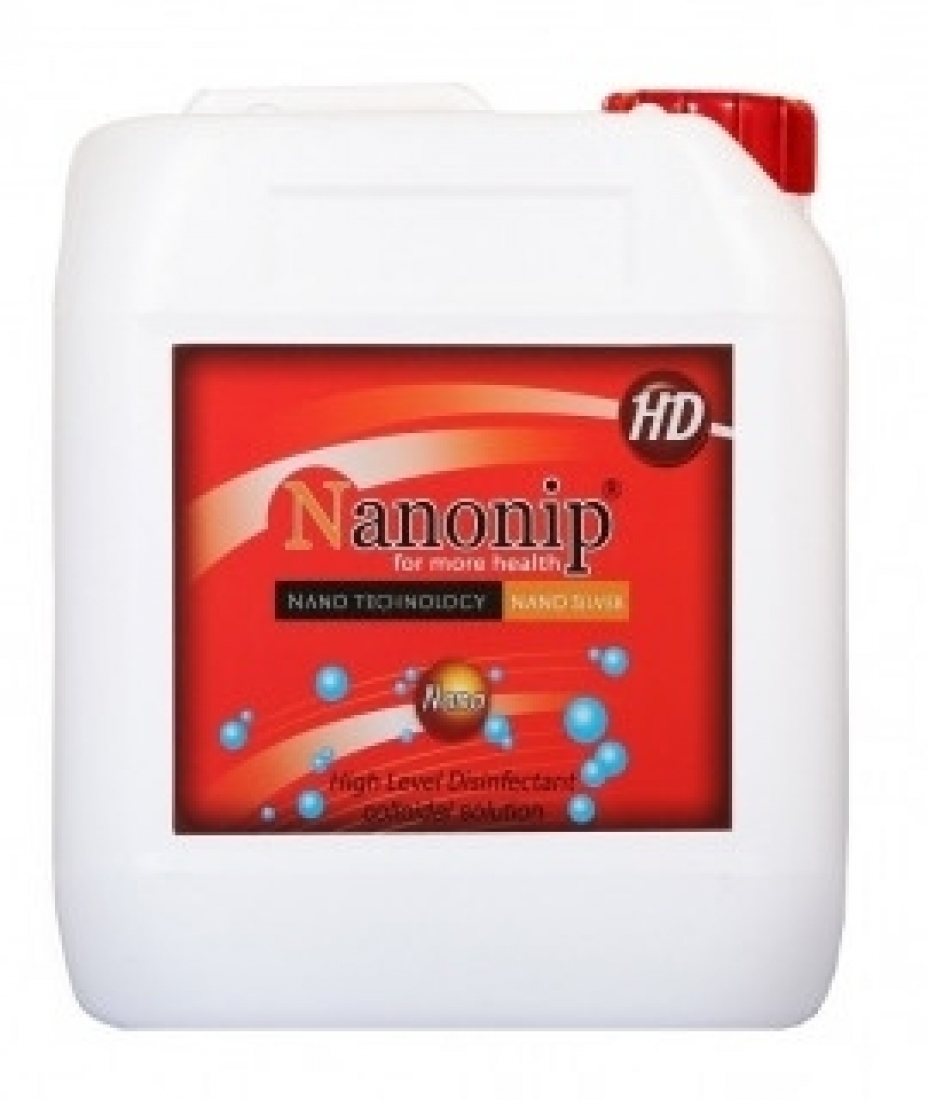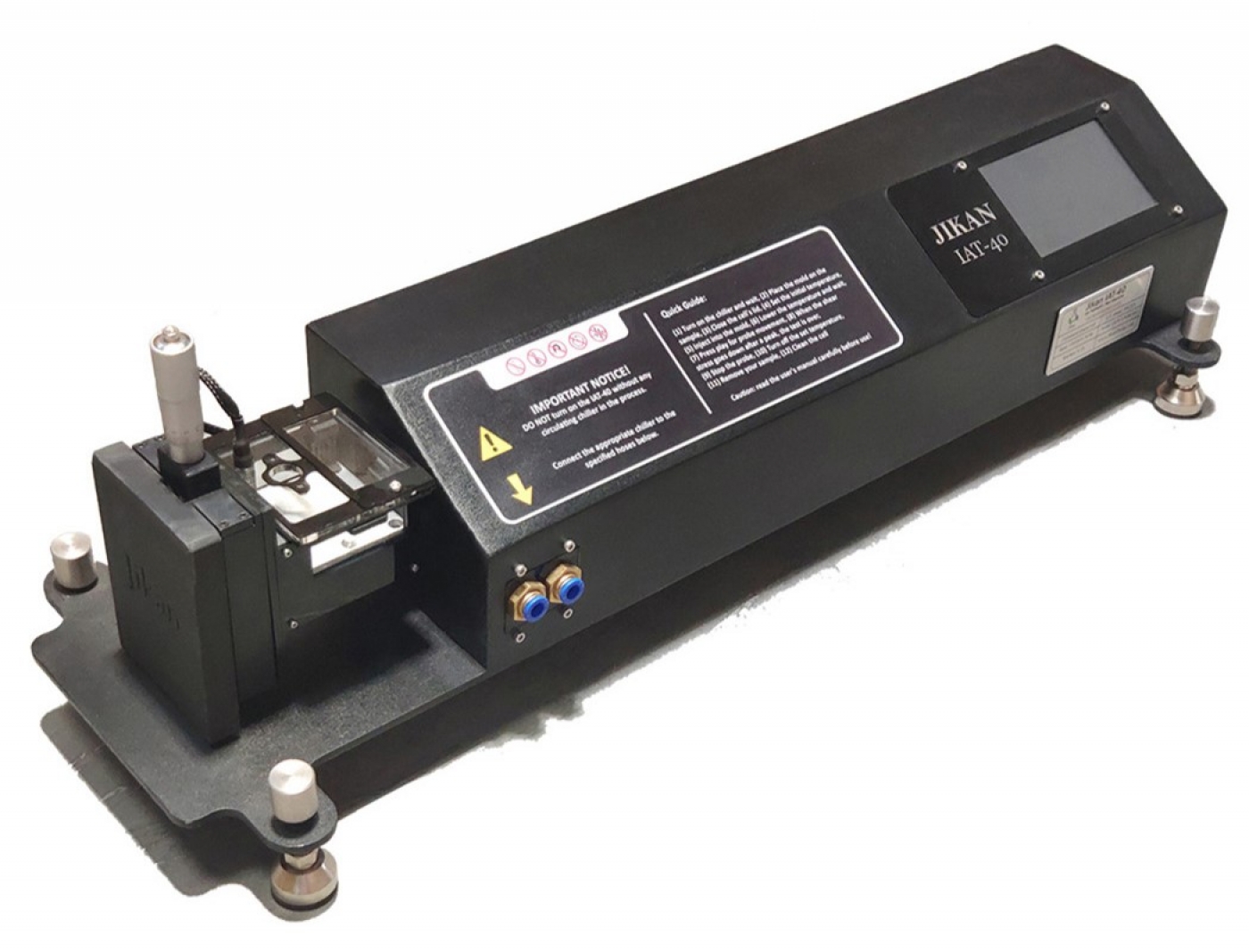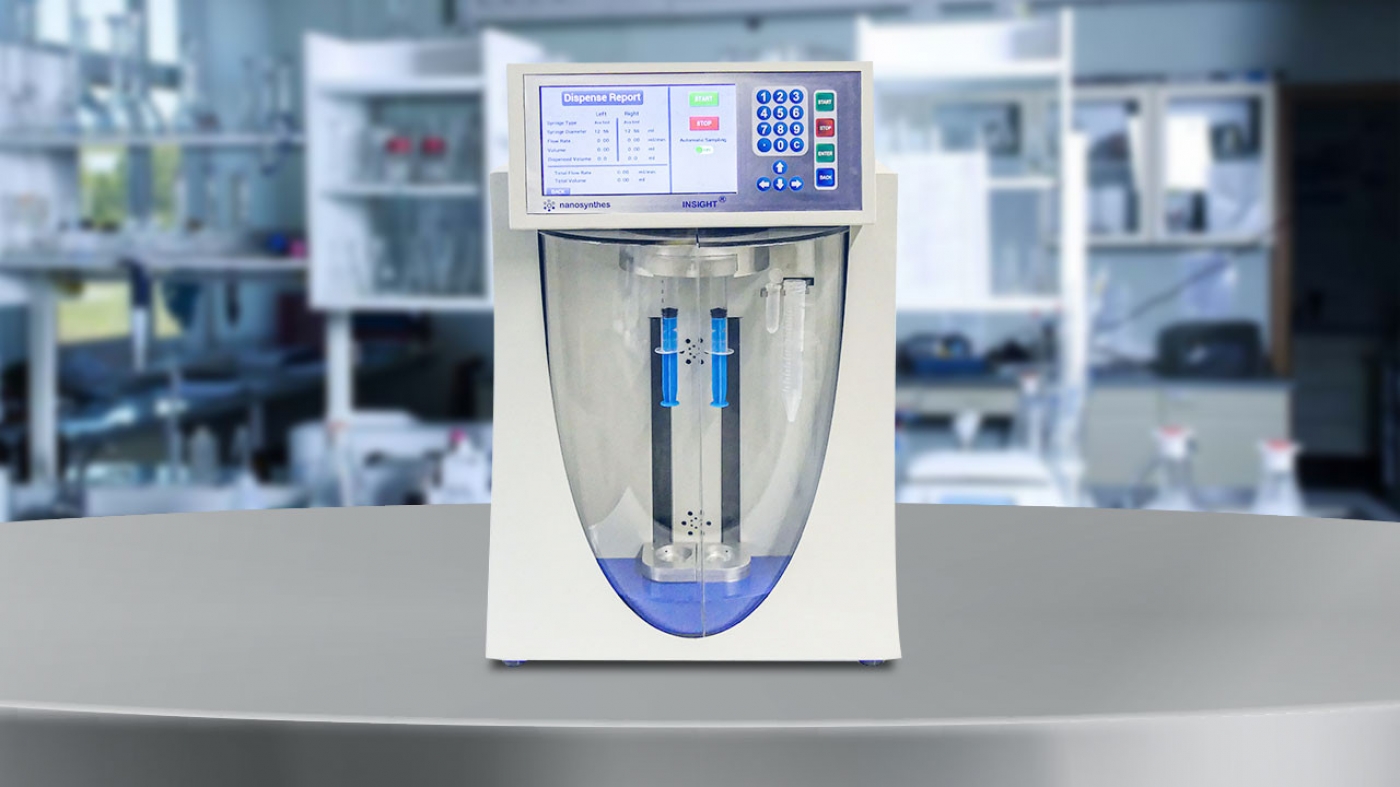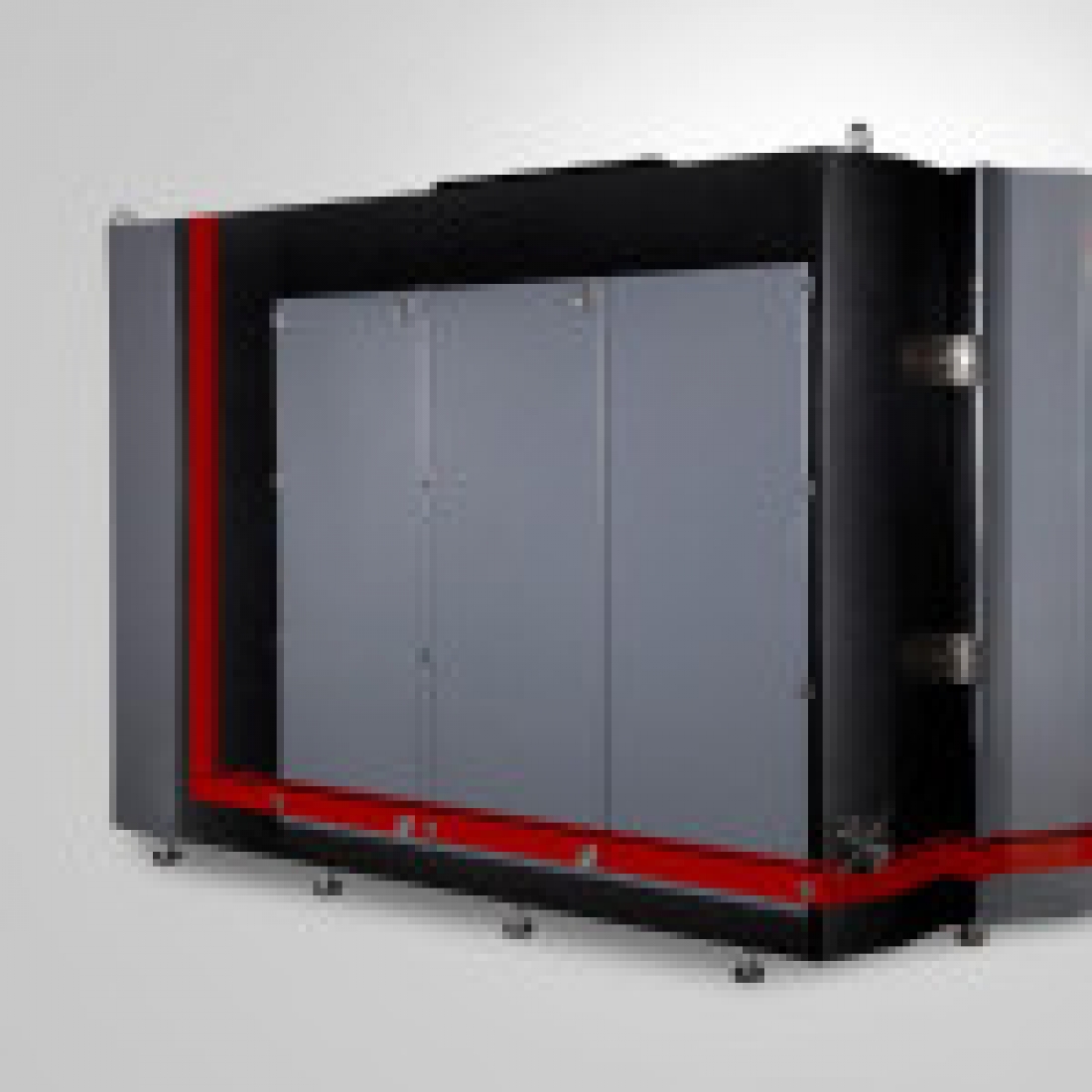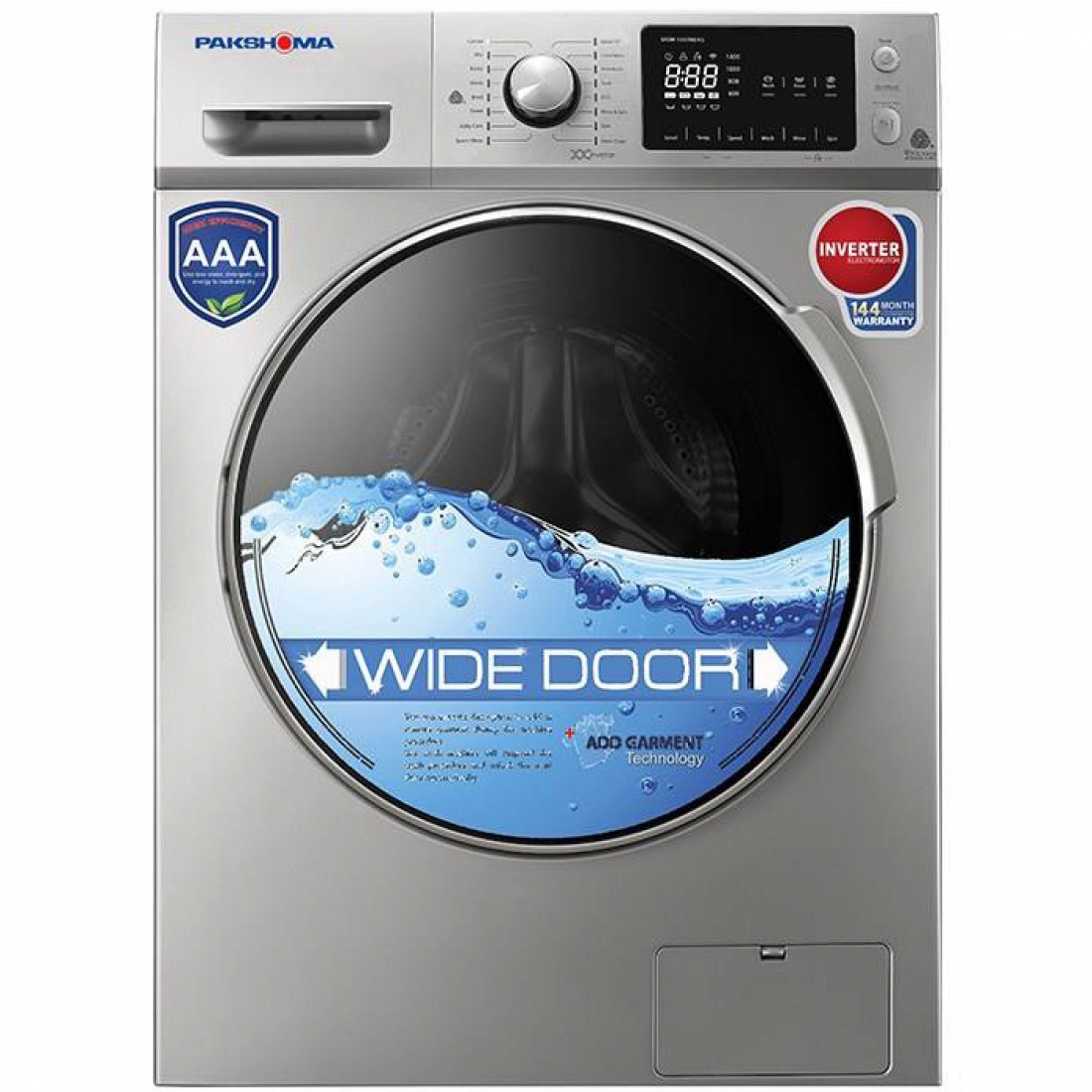
White light interferometry is a widely used technique for measurement of surface topography of objects over large areas. A white light interferometer is consisted of a white light source, optical system and a CCD sensor.
Based on this method, the measurement range varies from 5 nanometers to a few millimeters. Accuracy and precision depends on the coherence of light source, vertical stage accuracy, vibration of the table, specimen reflection and roughness, and CCD sensor error. Considering above-mentioned factors, achievable accuracy is about 5 nm.
In this system, the sample moves along the Z-axis, and the sensor captures an image of the sample after each movement. Collected data is then imported to GWYDDION software to show graphical results. Roughness investigation, coating thickness, surface topography, materials shape, etc. can be shown on the graphs.
